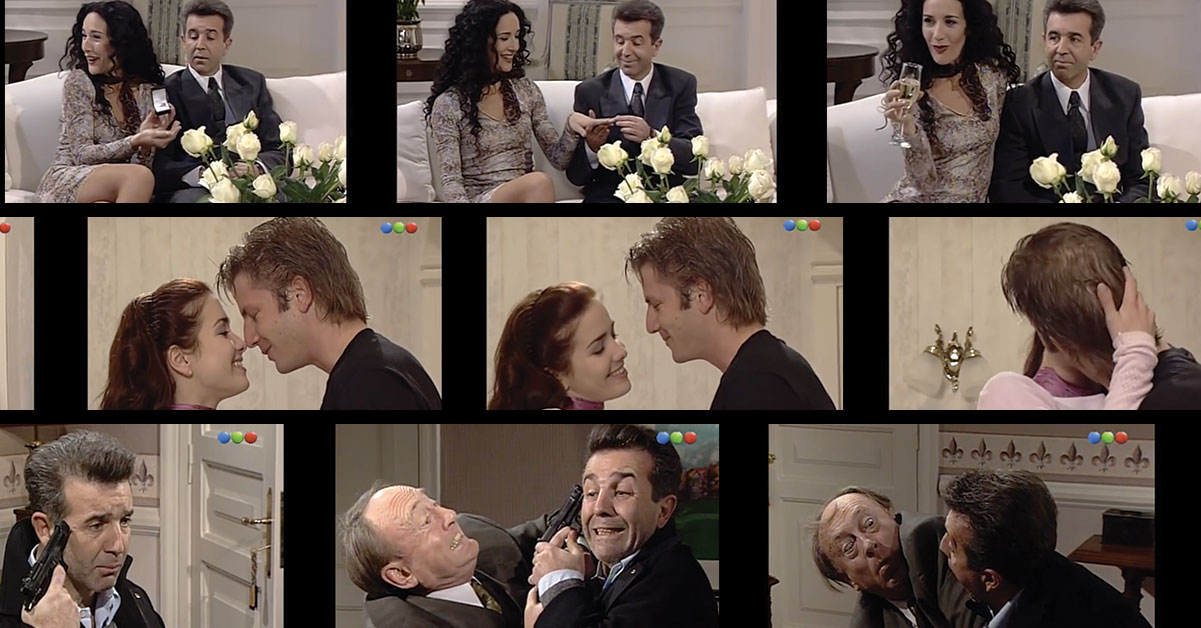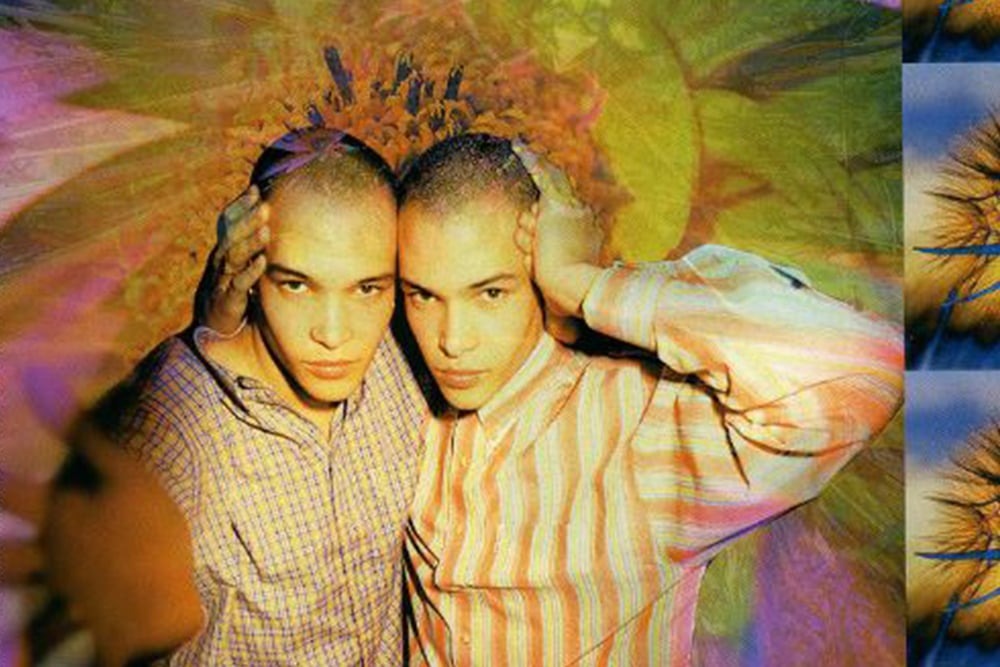Latin lovers: why did post-communist Romania fall for Latino soap operas?

In the 1990s, while undergoing a harsh transition from communist dictatorship to free market economy, Romania fell in love with Latin American soap operas. Georgiana Murariu, who was one of those glued to the screen, looks back at the phenomenon and explains why it happened
Back in the early 90s, people binged on TV, just like today, but it was a different kind of binge: a passive, all-accepting immersion in mediocre hospital dramas, sitcoms and crime documentaries that engrossed you as soon as you decided that you’d watch just one more hour.
It was perhaps this way that an array of former communist countries in the Eastern Bloc became enthralled by, and eventually mildly addicted to, watching Latin-American produced soap operas (telenovelas). Where previously the countries in question had mostly been exposed to propagandistic television and regime-approved films, soap operas became an alternative to even the American blockbusters suddenly dominating primetime television. Characters in telenovelas went through relatively believable trials and tribulations before the grand narrative arc finished with (usually) a happy ending. What wasn’t to like?
While the evidence I have relating to other former communist states is largely anecdotal, I can mostly speak for Romanians when I say that not only did telenovelas become a bit of a national pastime, they also helped shape the identity of a people yearning to be recognised as culturally different from the so-called “Sea of Slavs” around them. Part of it was about shedding Soviet and Russian influence, and part of it was down to a dogmatic school curriculum that had everyone repeating the same phrase throughout geography lessons: “Romania is a medium-sized country in the Carpato-Danubian-Pontic space [it was never just central or eastern Europe], and its people speak a Romance, or Latin language.”
It was when I anecdotally recounted plots of telenovelas to friends from post-communist countries other than Romania that I realised that the trend had caught on in their households as well. The Venezuelan telenovela Kassandra, I found out from my Serbian friend, had been something of an obsession in Yugoslavia as it was disintegrating in the early 90s. Years later, when I made my first Russian friend, we bonded over La Usurpadora. My Slavic neighbours remembered the dramatic motifs that tended to move the plot forward: unexpected pregnancies, vengeful arson, fraud via coffee company bureaucracy and revelations about mums who used to strip for a living.
The Romanian-Latino phenomenon was the result of young people trying to answer the question “Who are we, and what do we mean to Europe and the world?”
Like me, they also remembered letting their lunchtime soup go cold under the scornful stare of their mothers, just so they could gasp as a novela character was getting shot on a Mexican desert ranch. The main difference was, unlike us Romanians, they hadn’t learned a whole language watching these soaps, and it hadn’t fed into a (somewhat contrived) national identification with Latino culture (an admittedly problematic term).
By the early Noughties, the Romanian immersion into Latino culture exported via telenovelas was complete: long-anticipated soap opera endings were talked about on the evening news, street merchants were making small fortunes selling knockoff Latin American pop and TV star T-shirts, and more and more Romanian artists were trying to carve out a new niche in the music industry: the Romanian-Latino scene.
The Romanian-Latino phenomenon was the result of young people trying to get through a harsh economic transition and answer the question “Who are we, and what do we mean to Europe and the world?” After decades of totalitarian propaganda saying we were a great country of productive, united patriots with real visibility and recognition on a global scale, the children of the generation forced to swallow that ideology had realised it wasn’t the truth. They needed telenovelas to help them construct a new identity.
After a while, however, as it was adopted by more and more people, Latino culture in Romanian society became a signifier of crass, working-class passions, derided by self-styled intellectuals who adopted the term “telenovela” to belittle and trivialise everyday situations. “You going to make a telenovela out of this? You think this is a telenovela? This isn’t one of your little soap operas.” As always, because women were the bulk of the telenovela audience, these insults were mostly targeted at them, in order to point out the ridiculousness of sentimental tantrums.
In telenovelas we recognised an exaggerated version of the reality that was present all around us
In the 90s, the US invested a hefty amount in re-educating young citizens in former Eastern Bloc countries who had been brought up on socialist babble. As more and more Romanian professionals were educated by American-led NGOs, progressiveness became associated with being western, and aspiring to become a rational, multi-lingual, career-ladder-climbing young person. But the telenovelas portrayed structural problems (mass corruption, inequality, deficits in education) that were closer to the real life around us than the western model we were aspiring to. They showed that “parallel modernities” do happen, and cultural flows are more complex than those shown by the media, which seem to revolve around the degree to which different developing countries become westernised, or the other way around.
Did Romania learn from observing blatant social, governmental and cultural lessons in inequality on television? It’s difficult to say, and not exactly quantifiable. Perhaps we liked them because in them we recognised an exaggerated version of the reality that was present all around us: a bribe here and there, struggling between being a good Christian and getting ahead in a corrupt system, the casual humiliation of women, or resorting to superstition and irrational belief in the absence of reliable answers.
To this day though, the emotional and cultural connotations that a punchy Spanish phrase carries in it when muttered in the most casual of contexts is not lost on me and my fellow Romanian Latinos. Perhaps we should consider patenting a dialect consisting of edgy sayings like “Don’t break my corazon, chico.” A constructed identity, perhaps, but that doesn’t make it inauthentic.


